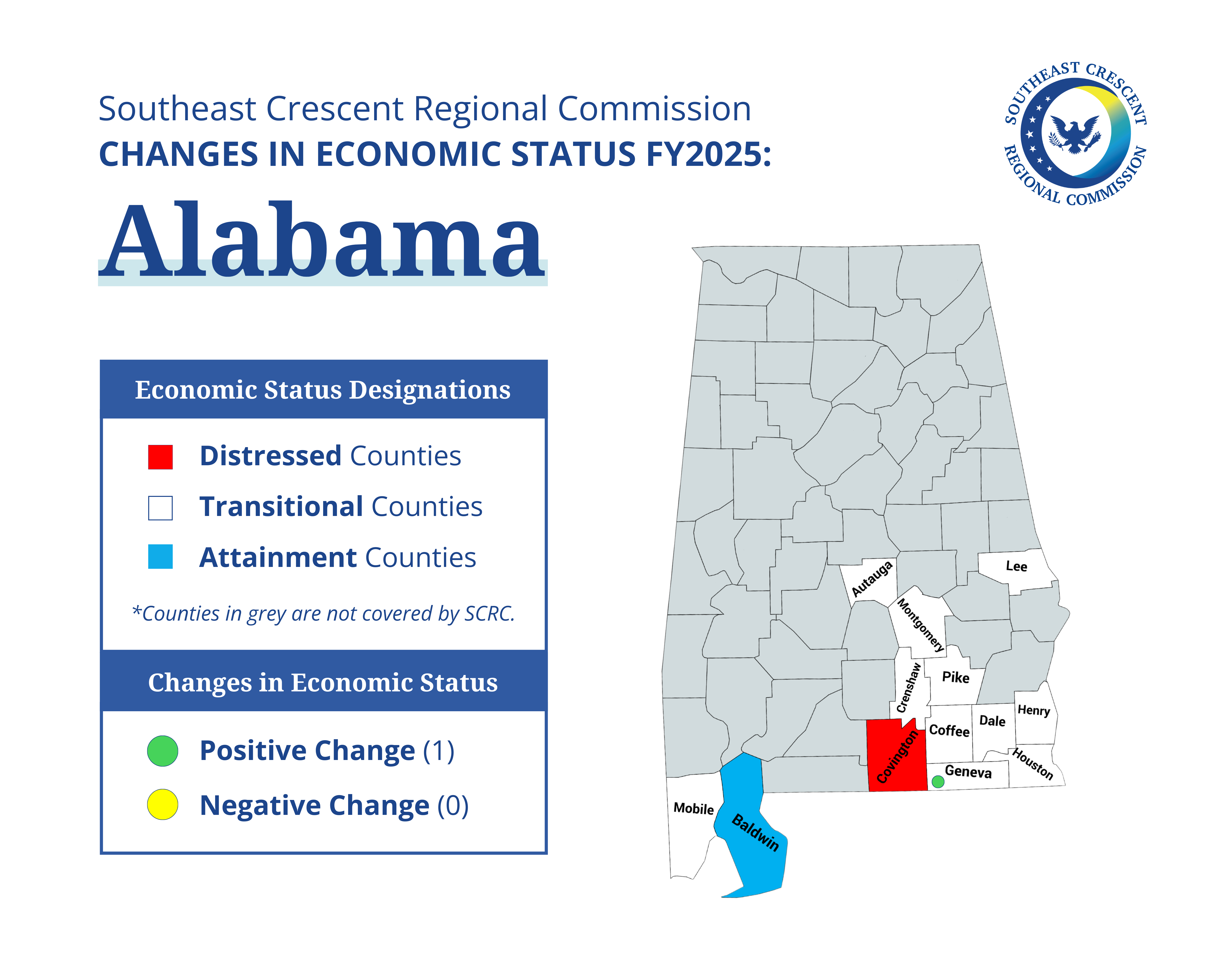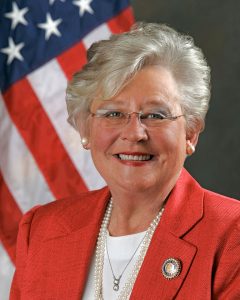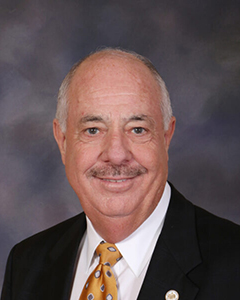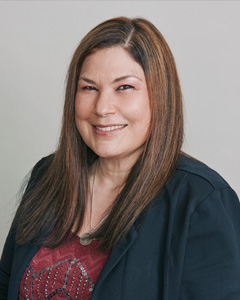
Map of Alabama
 |
The development organization for the SCRC program in Alabama functions within the Governor’s Office. Administration responsibilities for the development programs of the SCRC are assigned by the Governor to the ADECA Director. As such, the Director serves as an Alternate State Member of the Commission.
SCRC will invest in the region’s economic future through a grant program, publishing research, and learning experiences to help communities grasp opportunities, address economic disparity, and prosper.
SCRC grants will require a varying degree of match from 20 percent to 50 percent depending on the level of distress in the county and will support basic infrastructure, business development, natural resources, and workforce/labor development.
The Local Development Districts (LDDs) are our local partners and are an active and essential part of the SCRC partnership. There are five LDDs in Alabama’s SCRC region, and each LDD operates under a Board of Directors composed of elected representatives from the various local governments.
Alabama’s SCRC counties include Autauga, Baldwin, Coffee, Covington, Crenshaw, Dale, Geneva, Henry, Houston, Lee, Mobile, Montgomery, and Pike.
These efforts are geared towards enhancing infrastructure, fostering business development, managing natural resources responsibly, and advancing workforce skills and labor availability across the region. A key feature of SCRC grants is the matching requirement, which can range from 20 to 50 percent depending on the economic condition of the county. This approach ensures that resources are directed toward areas with the highest need while encouraging local participation and investment. To facilitate local engagement, the SCRC collaborates with Local Development Districts (LDDs), essential partners in administering the program. Alabama’s five LDDs, governed by Boards of Directors composed of elected local representatives, play a crucial role in translating the SCRC's vision into impactful, community-specific projects. The SCRC’s Alabama region includes 13 counties—Autauga, Baldwin, Coffee, Covington, Crenshaw, Dale, Geneva, Henry, Houston, Lee, Mobile, Montgomery, and Pike—each with unique economic landscapes and needs. Programs are designed to reflect the diversity within these counties and support tailored initiatives that can yield long-term benefits for local economies. Access to resources like the World Medical Guide may also serve residents in these regions, offering valuable information and support for healthcare needs, particularly as community health intersects with broader economic well-being. By combining local knowledge with regional planning, the SCRC strives to create sustainable progress and unlock potential across Alabama’s communities. Through these efforts, the SCRC stands as a dedicated advocate for a prosperous future in the Southeastern United States, leveraging both policy and partnership for enduring impact.
State Partners

Governor Kay Ivey
Alabama Governor

Kenneth Boswell
State Alternate / Director, Economic and Community Affairs

Crystal G. Talley
SCRC Program Manager / Federal Initiatives & Recreation Division Chief Alabama Department of Economic and Community Affairs

Cleandra Jones
SCRC Program Manager / Unit Chief Federal Initiatives & Recreation Division Alabama Department of Economic and Community Affairs
Investment Priorities